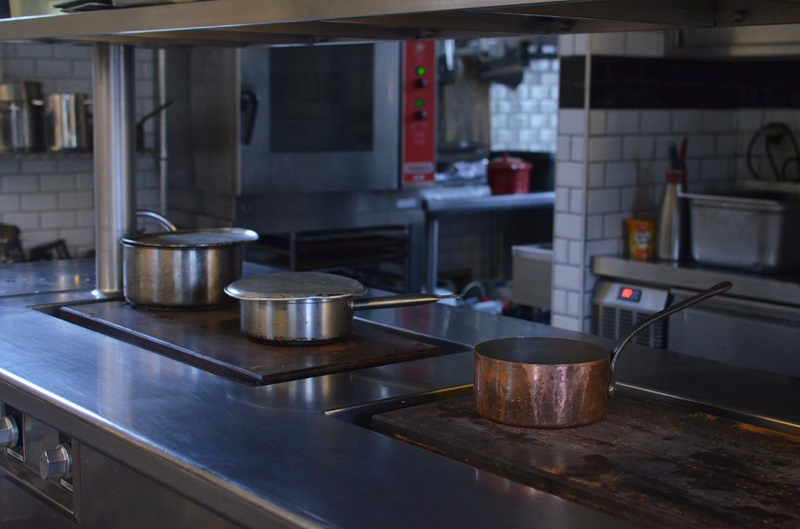
In the bustling heart of a commercial kitchen, every piece of equipment plays a pivotal role in the smooth operation of the culinary processes. Among these, centre tables are not just pieces of furniture; they're a central hub for preparation and coordination. Particularly, stainless steel tables have become a staple in commercial kitchens, thanks to their durability, ease of cleaning, and food safe and hygiene properties.
Measuring Your Space
The first step in choosing the right centre table is accurately measuring your space. This step is crucial for several reasons. Firstly, it ensures that the table or tables fits well in the designated area without obstructing the workflow. Remember, a commercial kitchen is a choreographed space where every inch counts. A table too large can impede movement, disrupt the flow of the kitchen and cause potential safety issues, while a too-small table might not provide sufficient workspace.
Standard table sizes, often requested in commercial kitchens, are designed to fit a variety of spaces. 'Off the shelf' equipment that is typically in stock and ready to order includes key widths, depths, and standard heights. For instance, a typical stainless steel table might be 600mm deep, suitable for narrower kitchens, or up to 900mm for more expansive areas. Heights are generally around 850mm, comfortable for standing work.


However, it's not just about fitting the table in. You also need to ensure there is suitable floor space for staff to move around safely and optimise efficient workflow. A well-measured kitchen allows for a fluid and accident-free environment, which is vital in a high-pressure setting like a commercial kitchen.
Configuring Your Centre Tables
Once you've measured your space, the next step is configuring your centre tables. In a commercial kitchen, ample workspace and storage are critical. This means designing a layout that maximises space and efficiency. When selecting a centre table, consider benefits that enhance its utility such as:
- Voids Beneath the Table: Ideal for storing large items or even placing smaller appliances.
- Single and Twin Undershelves: These provide additional storage space for cooking tools and ingredients.
- Half Shelves Combined with Half Void: A versatile option for kitchens that require both storage and open space.
- Low Height Tables: Suitable for specific tasks or for use in kitchens with height restrictions.
Choosing the right configuration to suit your kitchen's requirements is vital. It's not just about having a table; it's about having a table that enhances the workflow, storage, and overall efficiency of the kitchen.
Looking For Bespoke Sizes?
Standard sizes and configurations work for many, but every kitchen has its unique requirements. If you find that standard sizes or configurations aren’t quite right for your kitchen, bespoke catering tables are an option. These can be tailored to specific needs, such as:
- Corner Tables & Unique Layouts: Made from a single sheet of pressed steel, kitchen corners or unique layouts are effectively dealt with. Corner tables can also extend to create a complete run of work surface, whether against walls or in the centre of kitchens.
- Irregular Widths, Depths, or Heights: Customised to fit unique kitchen dimensions and for specific uses.
- Additional Features: Like inbuilt drawers or extra shelves, tailored for specific storage or operational needs.
Bespoke solutions ensure that every inch of your kitchen space is utilised effectively, but it's important to note that bespoke fabrications are a commitment.
Please Note: Any bespoke fabrications that are made to order are not eligible for return or refund once production has commenced. This underscores the importance of precise planning and measurement before ordering.
Selecting the right size centre table for your commercial kitchen is a balance of practicality, efficiency, and customisation. By carefully measuring your space, choosing the right configuration, and considering bespoke options when necessary, you can ensure that your kitchen operates at its best, with every piece of equipment, including the centre table, playing its part in successful food service.


